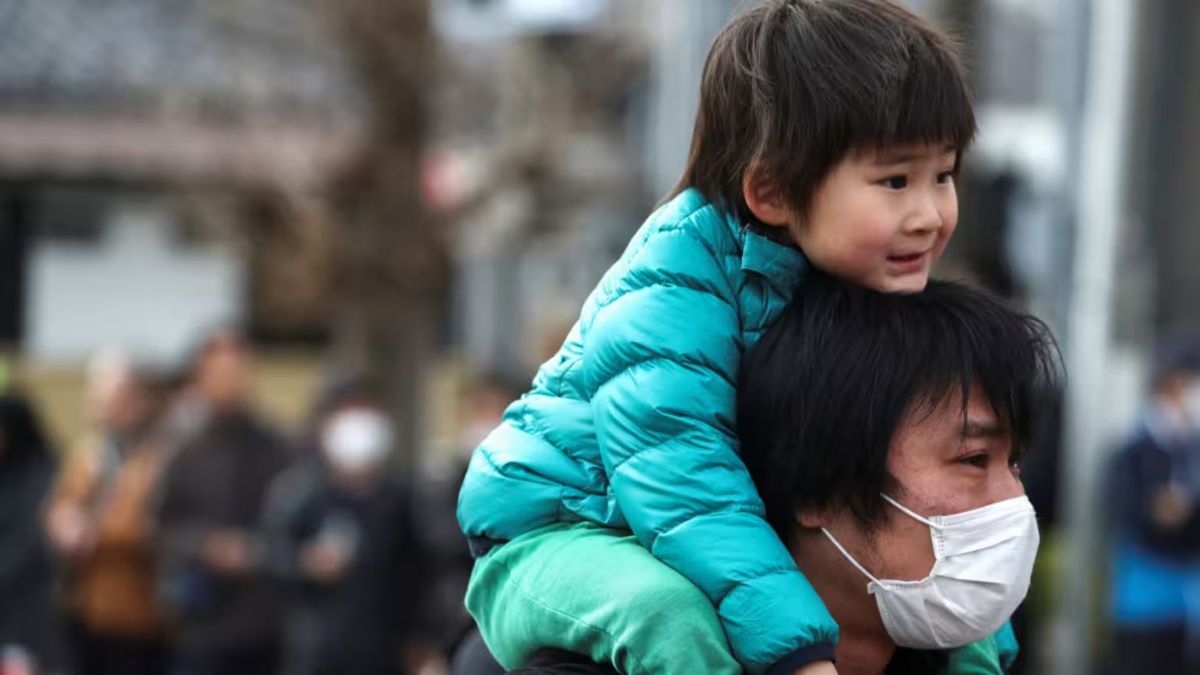Starting in 2025, Tokyo will usher in a new era of work-life balance with a four-day work week for its employees.
Tokyo Governor Yuriko Koike while unveiling the plan in a policy speech on Wednesday said, that beginning April next year, employees of the metropolitan government will have the option to take three days off each week.
Additionally, it announced a separate policy which will allow parents with children in grades one to three in elementary schools to trade off a portion of their salary for the option to clock out early.
“We will review work styles … with flexibility, ensuring no one has to give up their career due to life events such as childbirth or childcare,” she stated. “Now is the time for Tokyo to take the initiative to protect and enhance the lives, livelihoods and economy of our people during these challenging times for the nation,” she added.
What will this new policy mean for Tokyo workers? Will the measure help battle the country’s population crisis? Here’s a closer look.
‘A quiet emergency’
Japan’s declining fertility rate has been a growing concern over the years.
The nation’s population has been on a steady decline since it peaked at 128 million in 2008. According to Nikkei Asia, this trend has persisted for 15 years, with projections indicating a dramatic drop to just 86.7 million by 2060 if current patterns continue.
Over the years, the government ramped up efforts to push a raft of “now or never” policies to reverse the population crisis, such as incentivising childbearing and introducing paternity leaves, however, have yielded little success.
In 2023, the Ministry of Health, Labour, and Welfare reported Japan’s fertility rate at a dismal 1.2 children per woman—well below the replacement rate of 2.1 needed to sustain the population. The situation in Tokyo is even bleaker, with the capital recording a birth rate of just 0.99.
In the same year, the national figure for births also reached an all-time low, with only 727,277 babies born.
Prime Minister Shigeru Ishiba termed the country’s low birth rate and shrinking population as a “quiet emergency”.
“The low birth rate and the resulting population decline are a challenge to the very foundations of the country – a quiet emergency, so to speak,” Ishiba told the parliament this October.
Also read: Ban on women marrying after 25: The bizarre proposal to boost birth rate in Japan
How can a four-day work week help?
Experts believe Japan’s unforgiving work culture , known for long hours and intense pressure, is a major barrier to balancing careers with family life.
This environment has contributed to a notable gender gap in workforce participation. Data from the World Bank revealed a participation rate of 55 percent for women compared to 72 percent for men.
Adding to the issue is Japan’s glaring housework inequality. Women perform five times more unpaid work, such as childcare and elder care, than men, according to the International Monetary Fund (IMF). Over half of women who had fewer children than they wanted cited increased housework that another child would bring as the reason, the IMF revealed.
A four-day workweek could offer a solution. By providing employees with more time for family life, it could alleviate some of the pressures on working parents. Evidence from global trials suggests this shift leads to more equitable sharing of housework.
In a 2022 trial conducted by 4 Day Week Global, companies in six countries implemented a four-day workweek. Men in these trials reported spending 22 per cent more time on childcare and 23 per cent more time on household chores.
Further, the experiments have shown that working one day less a week improves employee productivity and well-being, Peter Miscovich, the global future of work leader at real estate services company JLL told Fortune.
“The upside from all of that has been less stress, less burnout, better rest, better sleep, less cost to the employee, higher levels of focus and concentration during the working hours, and in some cases, greater commitment to the organisation as a result,” Miscovich told the magazine.
In fact, over 90 per cent of employees involved in these trials wanted to continue with the shortened workweek.
However, in Japan, adopting a four-day workweek would require a significant cultural shift. While studies show reduced schedules enhance productivity and well-being, such a change may take time to gain broader acceptance.
With input from agencies
)